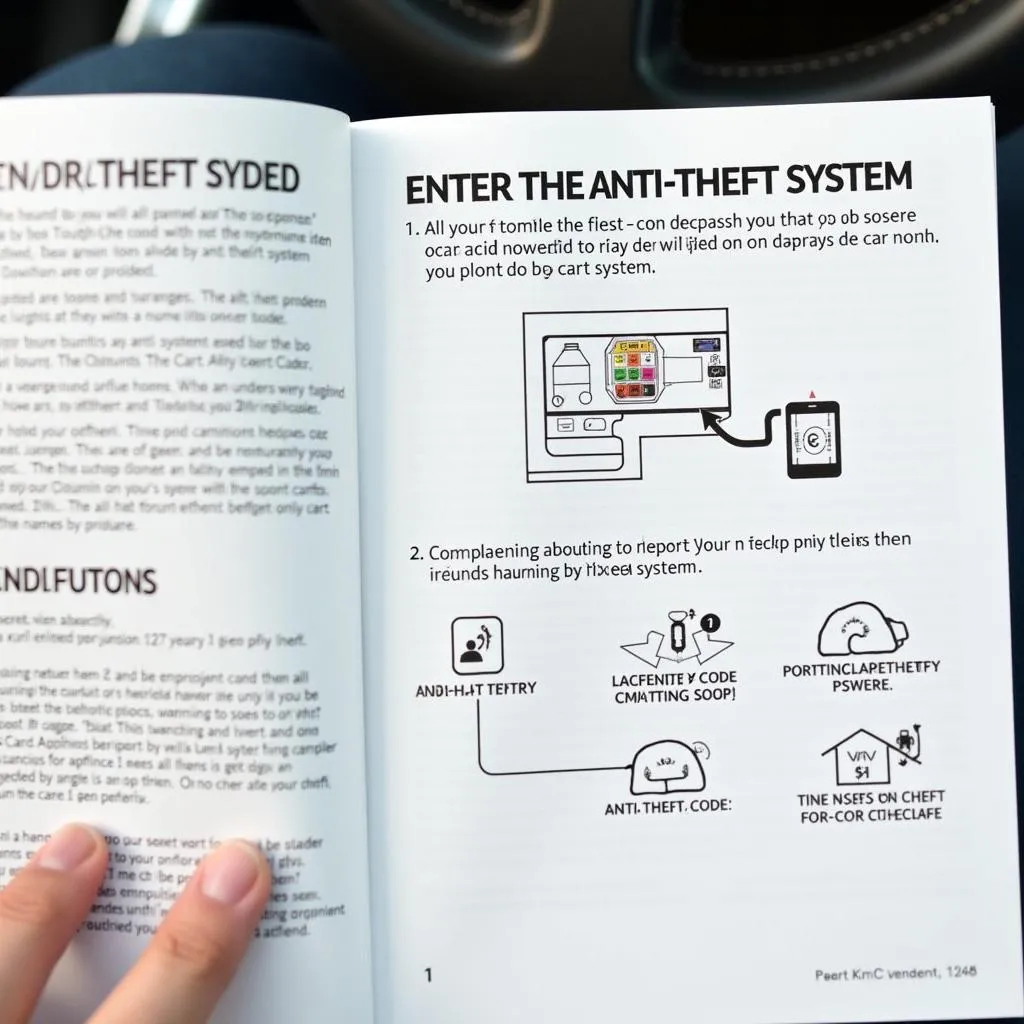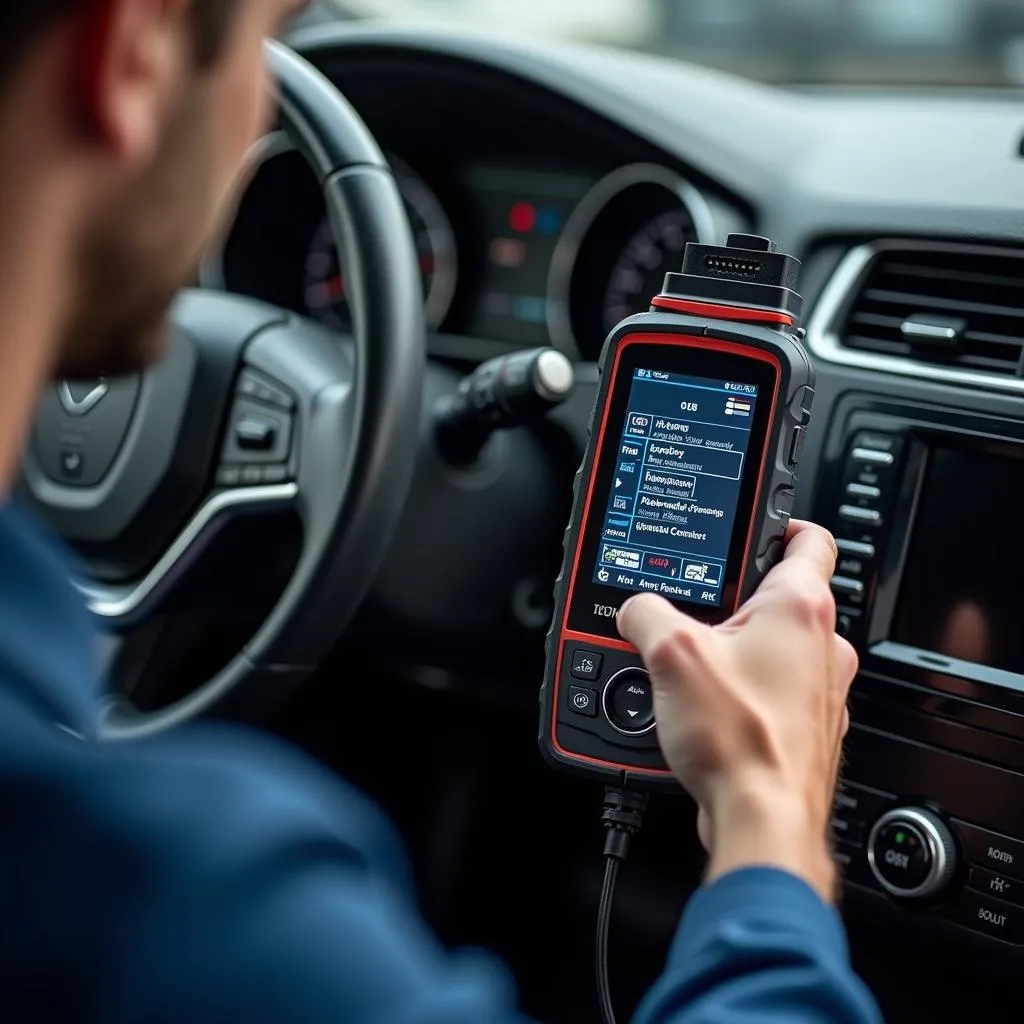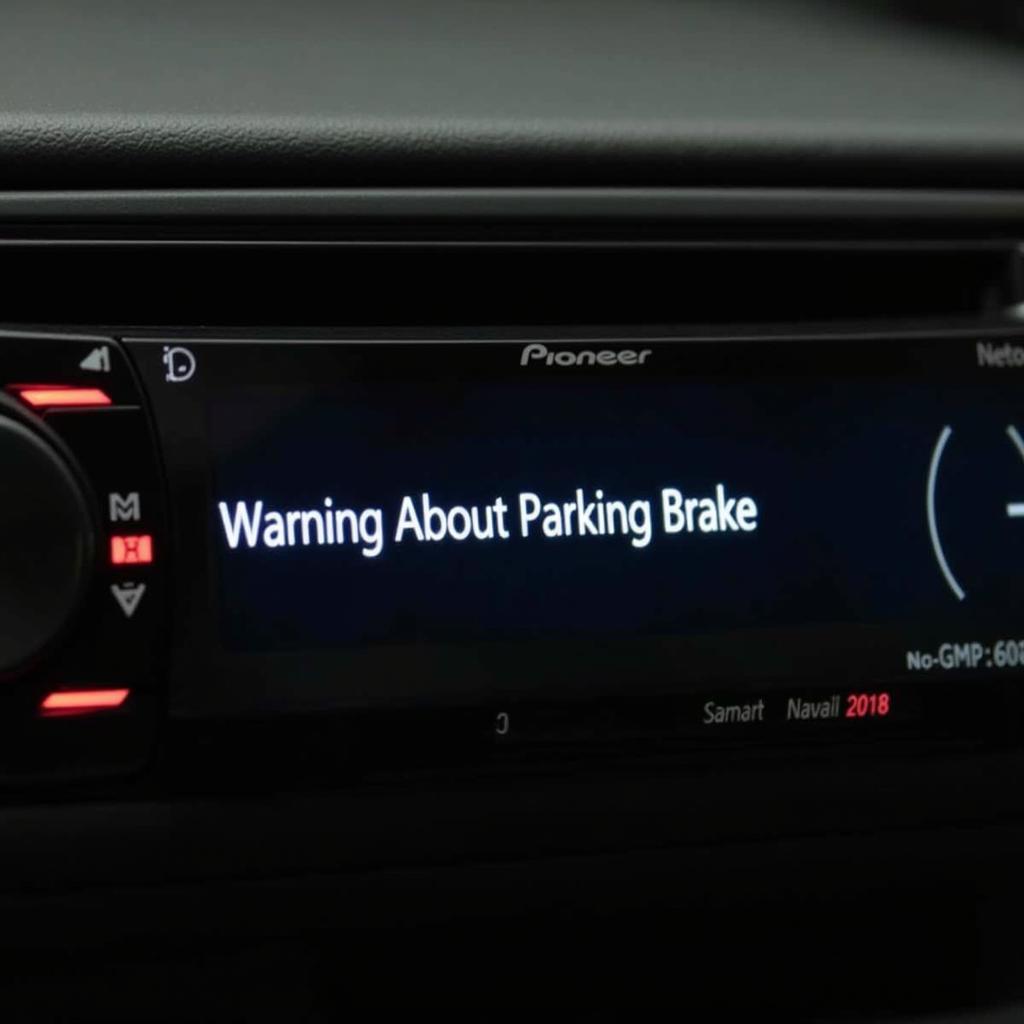Dealing with a car that’s locked due to the anti-theft system can be incredibly frustrating. You’re stuck, unable to start your car, and probably wondering how to enter the anti-theft code to regain access. This guide will walk you through the process, explaining the reasons behind anti-theft lockouts, how to identify the issue, the tools you might need, and a clear, step-by-step guide to inputting the code.
Understanding Anti-Theft Systems and Lockouts
Modern vehicles come equipped with sophisticated anti-theft systems designed to deter theft. These systems often utilize an immobilizer that prevents the engine from starting without the correct key or code. While incredibly effective at their job, these systems can sometimes malfunction or lock you out, especially if there’s an issue with the key fob, battery, or the system itself.
Recognizing an Anti-Theft Lockout
Knowing you’re facing an anti-theft lockout is crucial. Here’s what to look for:
- Flashing Security Light: A rapidly blinking or constantly illuminated security light on your dashboard often signals an anti-theft system issue.
- Engine Cranking but Not Starting: If your engine cranks but refuses to start, it could indicate the immobilizer isn’t recognizing your key.
- “Key Not Detected” Message: Some vehicles display a clear message on the dashboard if the key fob isn’t detected or recognized.
What You’ll Need
Before attempting to enter the anti-theft code, gather the following:
- Your Vehicle’s Owner’s Manual: This is your most important tool, containing model-specific instructions and potentially the code itself.
- Your Anti-Theft Code: This code is usually provided at the time of purchase. If you can’t find it, your dealership might be able to assist.
- A Working Key Fob: In some cases, a functional key fob is necessary for the process.
 Car dashboard with flashing security light
Car dashboard with flashing security light
Entering the Anti-Theft Code: A Step-by-Step Guide
Note: The process may vary slightly depending on your car’s make and model. Always refer to your owner’s manual for precise instructions.
- Locate the Code Entry Method: Check your owner’s manual to find out how to enter the code. This could be through the radio, the driver’s information center, or even using the gas pedal.
- Turn the Ignition to the “ON” Position: Don’t start the engine, just turn the key to the position where your dashboard lights illuminate.
- Enter the Code: Using the designated method, carefully input the anti-theft code. This often involves pressing buttons or turning knobs a specific number of times to correspond with the code digits.
- Confirm Entry: Most systems require you to confirm your code entry, usually by pressing a specific button or waiting for a prompt.
- Wait for System Response: The anti-theft system will process your code. If successful, the security light should stop flashing, and you should be able to start your car.
 Open car owner's manual highlighting anti-theft system instructions
Open car owner's manual highlighting anti-theft system instructions
Frequently Asked Questions
Q: What if I don’t have my anti-theft code?
A: Contact your dealership or the manufacturer. They might be able to retrieve it for you using your Vehicle Identification Number (VIN).
Q: I entered the code correctly, but the car still won’t start. What should I do?
A: There could be a deeper issue with the anti-theft system or your key fob. In such cases, seeking professional help is advisable.
Q: Can I disable the anti-theft system entirely?
A: Disabling the anti-theft system is not recommended as it makes your vehicle vulnerable to theft.
Q: Are there diagnostic tools that can help with anti-theft issues?
A: Yes, professional automotive diagnostic tools, like those offered by Cardiagtech, can help diagnose and potentially resolve more complex anti-theft system problems.
Cardiagtech: Your Automotive Diagnostic Partner
For complex anti-theft issues or any other car troubles, consider the range of advanced diagnostic solutions provided by Cardiagtech. Their state-of-the-art equipment can pinpoint problems quickly, saving you time and potential headaches.
 Car diagnostic tool plugged into a vehicle's OBD-II port
Car diagnostic tool plugged into a vehicle's OBD-II port
Conclusion
Entering an anti-theft code is often a straightforward process if you have the correct information and follow the instructions carefully. Always refer to your owner’s manual for the most accurate guidance specific to your vehicle. If you encounter persistent issues or feel uncomfortable dealing with the system yourself, don’t hesitate to contact a qualified automotive technician or reach out to CARDIAGTECH for expert assistance.

